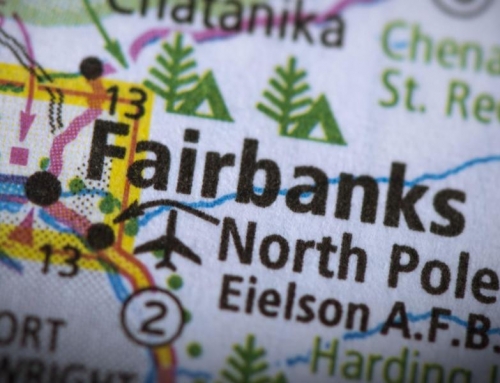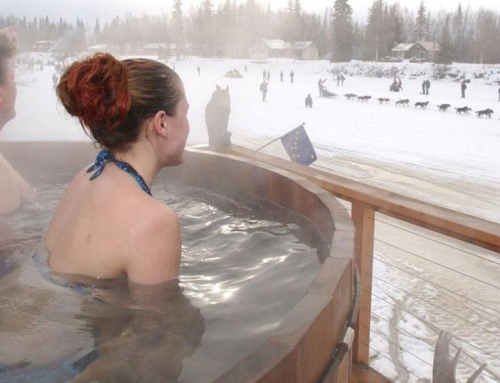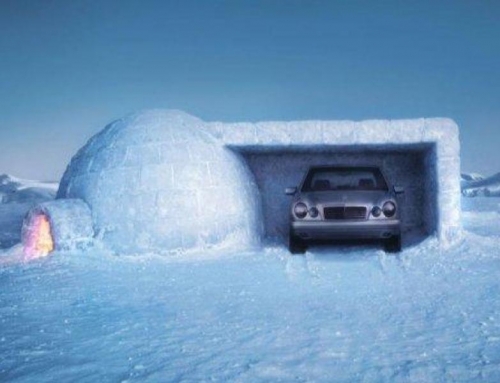What Types of Aurora Can I See?

Greetings, everyone– I’m Northern Lights Ned and I’m here to remind you that there is a science to your Alaskan Adventure. Today, we are going to learn about the different types of aurora that can be seen while you are out seeking them!
Of course, it is thrilling to see any type of aurora during your Alaskan Adventure– but did you know that there are five different distinct shapes that the northern lights can take and some are more rare than others! The different shapes are arcs, bands, rays, diffuses, and coronas. By the end of this article, you will be an expert on these types and will dazzle everyone else in your tour party with your incredible knowledge of the aurora!

Arcs
Arcs are one of the more common forms of Aurora you will see on a clear night with average intensity. They typically present as a long stream of light that stretches from one end of the sky to the other. If this type of aurora had a personality, it would be calm and reserved.

Bands
The other more common shape that the northern lights take would be bands. While it would be amazing to see rock bands singing your favorites across a crisp, clear arctic sky– that is not quite what we are referring to! Bands, with regards to the aurora are very similar to arcs, but wave much more creatively through the sky and are often dancing. Bands resemble ribbons in the sky and appeal much more to the typical northern lights idea that we hold in our imaginations.
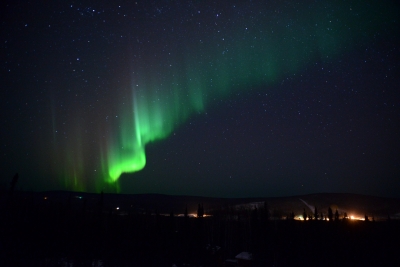
Rays and Pillars
Rays, or pillars as they are often called, are more common during periods of higher auroral activity. Auroras in the shape of rays and pillars are similar to the pattern a stained glass window creates while the afternoon sun pours onto the floor. They give the appearance of beams and streaks across a pane of night sky.
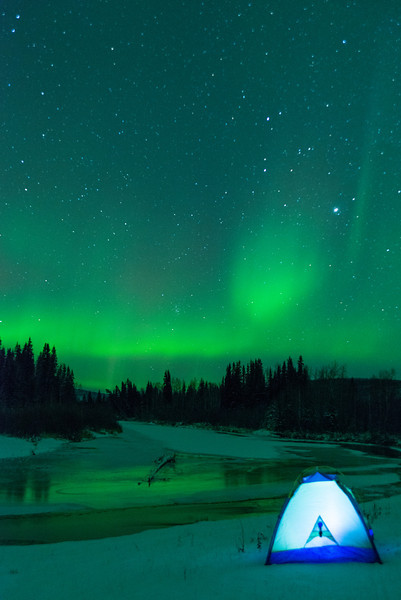
Diffuses
As we approach the more rare end of the spectrum of aurora shapes, we come to diffuses. Almost counter-intuitively, the diffuse shape is quite simply no shape at all. It is much more common to see an aurora take specific shapes as above, rather in random arrays as in diffuses. More often than not, diffuse auroras are difficult to see with the naked eye and technological boosts such as telescopes or other aides.

And extra bonus points for the adventurer who gets to see this next type of Aurora! They are in for a truly special show!

Coronas
Coronas are among the rarest, but most spectacular shapes that the northern lights can take! Only appearing under the absolutely ideal conditions– high auroral activity, in high latitudes (as close to the magnetic pole as possible), among many others. This type of aurora typically starts as a band or arc that has curled upon itself, and is also appearing directly over the viewers’ heads (as opposed to being off in the horizon). When aurora is viewing directly from the bottom, abstract and unusual shapes occur. In my opinion, it is much like being in the eye of a tornado– aurora style!

Hopefully you are able to see at least one of these shapes of aurora– but even more amazing if you have the great fortune to see them all! As we say here in my lab– when we understand how it all works, Alaska is all the more grand! Enjoy your visit to Alaska!
-Northern Lights Ned
Check out more science articles written by me HERE


